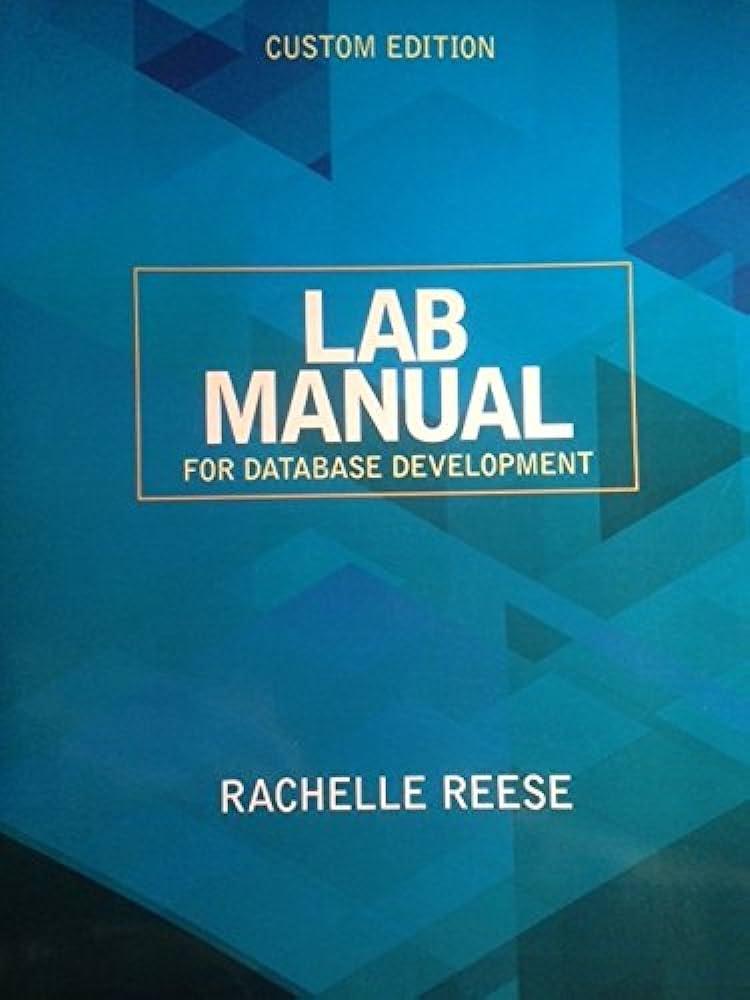Question
Problem 1 Consider the discrete-time LTI system characterized by the following difference equation with input and initial conditions specified: y [n] - 2 y [n-1]
Problem 1
Consider the discrete-time LTI system characterized by the following difference equation with input and initial conditions specified:
y[n] - 2 y[n-1] 3 y[n-2] = x[n] , with y[0] = -1 and y[1] = 0, x[n] = (-1/2)n u[n-2].
? Write a MATLAB program to simulate this difference equation. You may try the commands filter or filtic or create a loop to compute the values recursively.
? Printout and plot the values of the input signal, x[n] and the output signal, y[n] over the range 1 ? n ? 10.
? Solve this difference equation by hand using the classical method.
? Verify that the values of the output signal, y[n] produced by MATLAB are the same as those
calculated by hand for the values of n = 2, 3, 4.
Problem 2
Consider the causal non-linear discrete-time system characterized by the following difference equation:
If we use as input x[n] to this system (algorithm) a step function of amplitude A (i.e. x[n] = A u[n]), then y[n] will converge after several iterations to the square root of A.
? Write a MATLAB program that implements the above recursion to compute the square root of 81,
49, 16 and 3.
? How many iterations does it take to converge to the true value starting at y[-1] = 0.2?

Problem 1 Consider the discrete-time LTI system characterized by the following difference equation with input and initial conditions specified: Write a MATLAB program to simulate this difference equation. You may try the commands filter, or Yiltic, or create a loop to compute the values recursively. Printout and plot the values of the input signal, x[n] and the output signal, y[n] over the range ns 10. Solve this difference equation by hand using the classical method. s .Verify that the values of the output signal, y[n] produced by MATLAB are the same as those calculated by hand for the values of n -2, 3, 4 Problem 2 Consider the causal non-linear discrete-time system characterized by the following difference equation: If we use as input x[n] to this systerm (algorithm) a step function of amplitude A (i.e. x[n] yn| will converge after several iterations to the square root of A. A ?[n]), then Write a MATLAB program that implements the above recursion to compute the square root of 81, 49, 16 and 3 How many iterations does it take to converge to the true value starting at y[-1]-0.2 Problem 1 Consider the discrete-time LTI system characterized by the following difference equation with input and initial conditions specified: Write a MATLAB program to simulate this difference equation. You may try the commands filter, or Yiltic, or create a loop to compute the values recursively. Printout and plot the values of the input signal, x[n] and the output signal, y[n] over the range ns 10. Solve this difference equation by hand using the classical method. s .Verify that the values of the output signal, y[n] produced by MATLAB are the same as those calculated by hand for the values of n -2, 3, 4 Problem 2 Consider the causal non-linear discrete-time system characterized by the following difference equation: If we use as input x[n] to this systerm (algorithm) a step function of amplitude A (i.e. x[n] yn| will converge after several iterations to the square root of A. A ?[n]), then Write a MATLAB program that implements the above recursion to compute the square root of 81, 49, 16 and 3 How many iterations does it take to converge to the true value starting at y[-1]-0.2
Step by Step Solution
There are 3 Steps involved in it
Step: 1

Get Instant Access to Expert-Tailored Solutions
See step-by-step solutions with expert insights and AI powered tools for academic success
Step: 2

Step: 3

Ace Your Homework with AI
Get the answers you need in no time with our AI-driven, step-by-step assistance
Get Started


